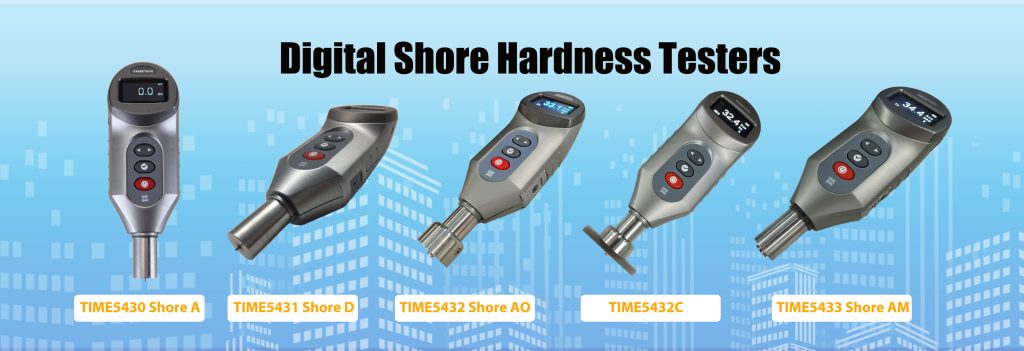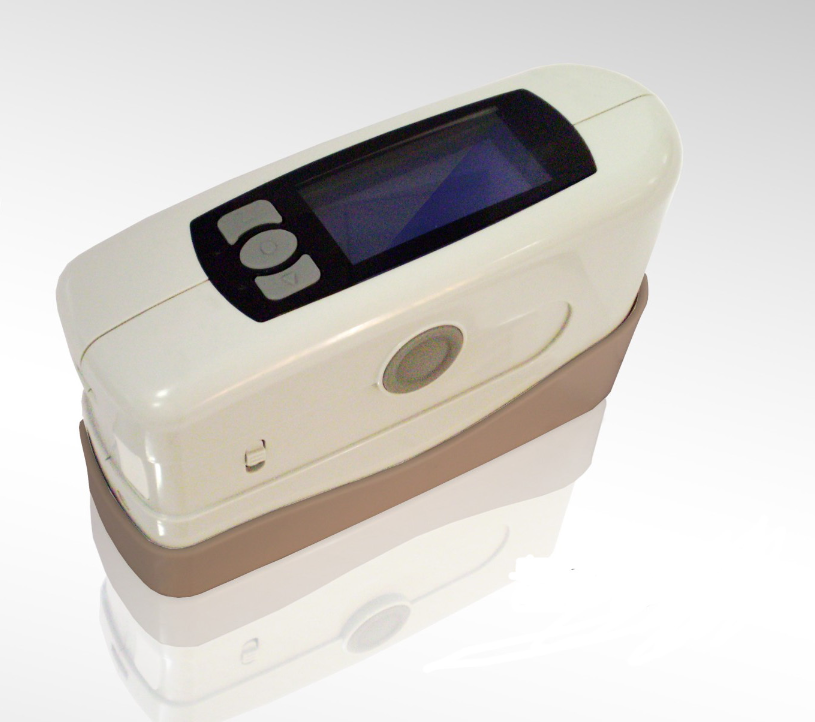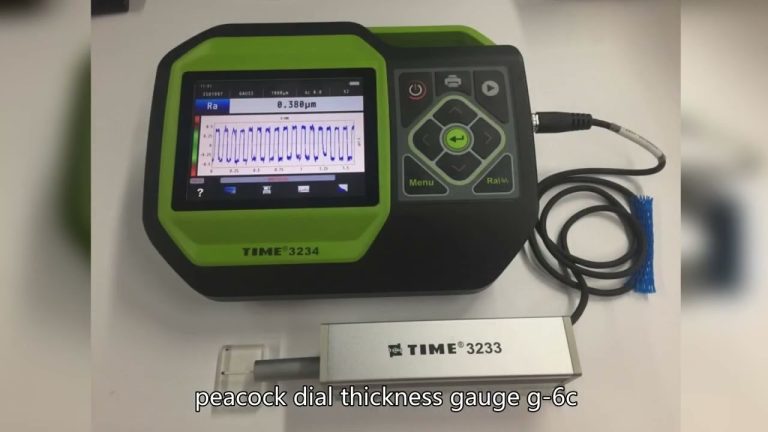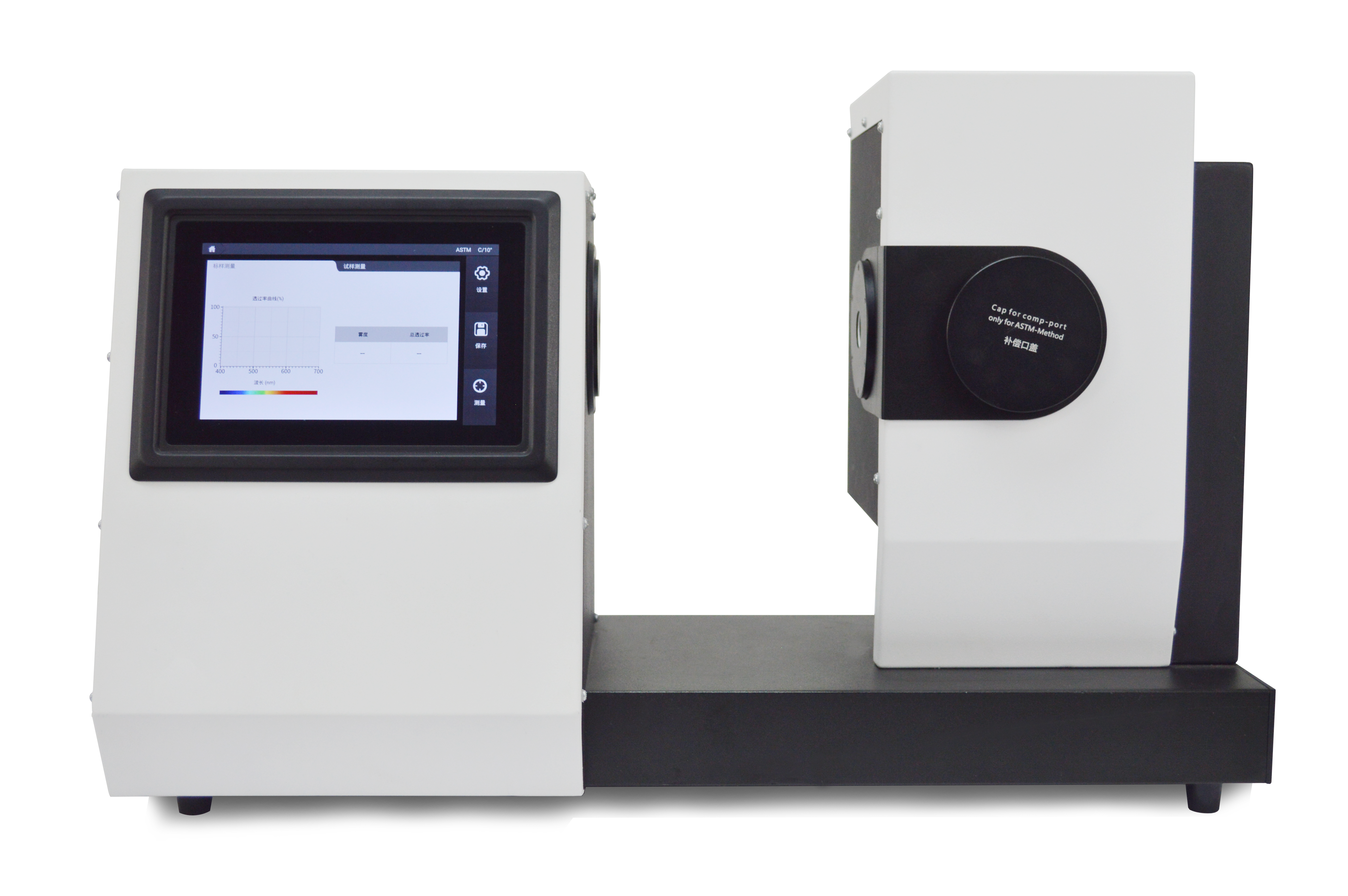The application selection of the hardness tester needs to be selected according to the category of the hardness tester:

- Rockwell Hardness Tester (HRC): Generally used for materials with higher hardness, such as hardness after heat treatment, hardness testing of various steel materials (including alloy steel, stainless steel), etc. The hardness index is determined by the plastic deformation depth of the indentation. Take 0.002 mm as a hardness unit. When HB>450 or the sample is too small, Brinell hardness test cannot be used and Rockwell hardness measurement should be used instead. It uses a diamond cone with a vertex angle of 120° or a steel ball with a diameter of 1.59mm and 3.18mm to press into the surface of the material to be tested under a certain load, and the hardness of the material is obtained from the depth of the indentation.
According to the different hardness of the test material, it can be represented by three different scales: HRA, HRB, HRB. Rockwell hardness tester (HRC) includes manual Rockwell hardness tester, electric Rockwell hardness tester, digital display Rockwell hardness tester, portable Rockwell hardness tester, etc.
- Vickers Hardness Tester (HV): It is used to measure the hardness of ferrous metals, non-ferrous metals, hard alloys (such as aluminum alloys) and surface carburizing and nitriding layers, expressed in HV. For materials with a thin surface layer and low hardness, a small load Vickers hardness tester should be used. This kind of hardness tester is equipped with a microscope (some manufacturers call it a micro hardness tester) to observe the dents made, and some are also equipped with a programming calculator, which can quickly and accurately calculate the hardness value. There is also a micro-Vickers hardness tester, the minimum test force is only 10 grams of force (10gf).
- Brinell hardness tester (HB): Brinell hardness (HB) is generally used when the material is soft, such as non-ferrous metals, steel before heat treatment or after annealing, unquenched steel, cast iron and soft bearing alloys Materials, expressed in HBW. Brinell hardness is to press a certain diameter of hardened steel ball or cemented carbide ball into the surface of the metal under test with a certain size of test load, keep it for a specified time, and then unload it to measure the diameter of the indentation on the surface under test. The Brinell hardness value is the quotient of the load divided by the spherical surface area of the indentation. Generally: press a hardened steel ball of a certain size (generally 10mm in diameter) into the surface of the material with a certain load (generally 3000kg) and keep it for a period of time. After the load is removed, the ratio of the load to the indentation area is Brinell. Hardness value (HB), the unit is kgf/mm2 (N/mm2).
In addition to general digital display Brinell hardness testers, there are portable Brinell hardness testers, hammer-type Brinell hardness testers and door-type Brinell hardness testers. - Brockwell hardness tester: a hardness tester that can test three hardnesses of Brinell, Rockwell and Vickers. More suitable for development and research. (Factories generally use large batches of the same product, and it is more convenient to use special ones)
- Shore hardness tester (HS, also known as Shore hardness tester): There are not many standards in this area in my country, only HA and HD. The former is the hardness parameter of soft rubber, and the latter is harder rubber or plastic. Hardness parameter. It should be pointed out that some plastics have very high hardness, such as “Saigang” (which can be made into wear-resistant parts such as gears), which is not suitable for measuring hardness with a Shore hardness tester.
There are two kinds of domestic Shore durometers: TH-210 and TH-220 (suitable for harder rubber and plastic). The Shore hardness tester can be measured manually. Since the manual strength control is not very stable, you can add a base and use a constant pressure loader to apply force, and the measurement will be more accurate. Since my country’s precision requirements for rubber hardness are not too high, many manufacturers omit the base. - Ultrasonic hardness tester: make the sensor probe contact with the tested piece, under uniform contact pressure, make the resonant frequency of the sensor change with the indentation depth (ie hardness), and measure the change of the frequency to achieve the purpose of measuring hardness , this method has very little damage to the DUT, and it is a non-damage measurement, and at the same time adopts the signal pickup method of electromechanical conversion. Based on the principle of ultrasonic measurement, an intelligent digital display ultrasonic hardness tester with high precision and strong functions has been developed.
- Leeb hardness tester: a smaller hardness tester that can convert various hardness values. It is mainly used for testing metal materials, especially for larger workpieces. Since there are many kinds of impact devices, they should be selected according to specific needs when purchasing. It is mainly used for mold testing, because it is difficult to test large-scale molds with a general Rockwell hardness tester, and the data after testing with a Leeb hardness tester can be converted.







